Aziz (St.) Nikolaos Memorial Museum, / Aziz (St.) Nikolaos Anıt Müzesi,
ENG
Hello,
When we look at our ancient history, we see that many statesmen or commanders were either sculpted or mausoleums after they died. I have always been curious about the life stories of these kings and sultans who shape our history. Let's visit the house of one of the most revered holy saints who left their mark on the period, known as Santa Claus, but whose real name is St. Nicholas.

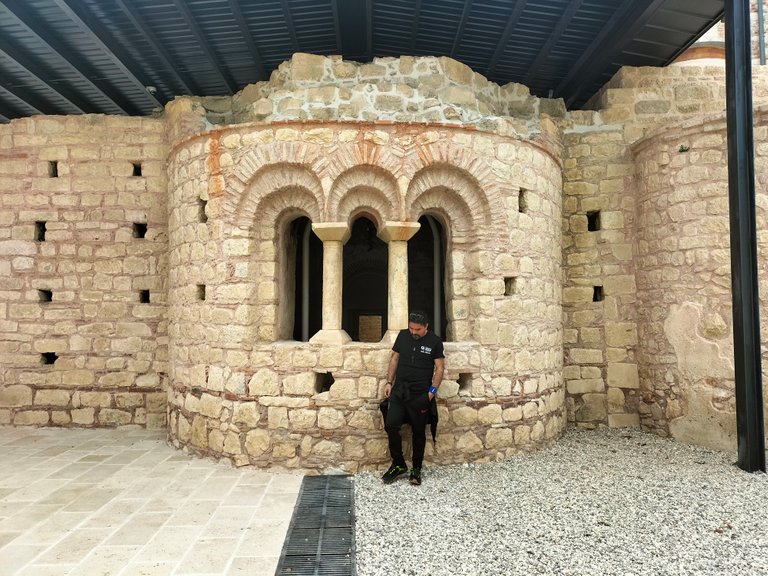
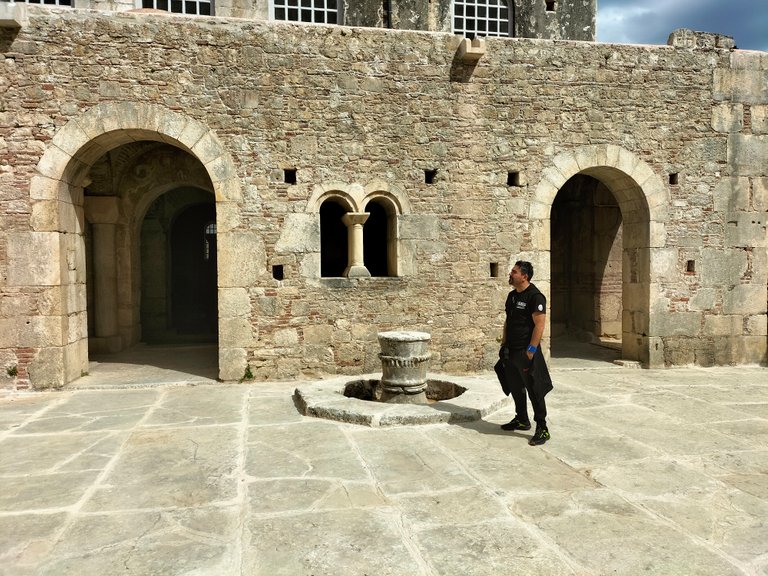
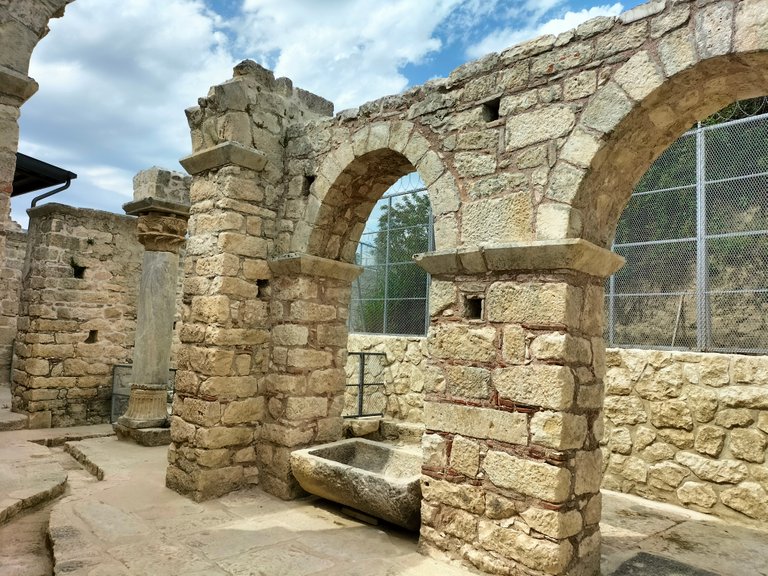
St. Nicholas (St.) Memorial Museum is located in Demre, one of the important touristic districts of Antalya. You can easily reach this museum, which is located in the very center of Demre, at the end of a three-and-a-half-hour journey from the center of Antalya. The fact that there is a magnificent entrance door made of wooden brown boards increases my curiosity even more. This monumental museum opens its doors to its customers at 08:30 and closes at 20:00. There is a fee to enter the museum, which is open every day of the week. Museum card holders pay 60 TL for the entrance fee, which they set as 250 TL per person. Of course, as in all museums and ancient cities, there is no charge for our disabled brothers and sisters who are relatives of martyrs.
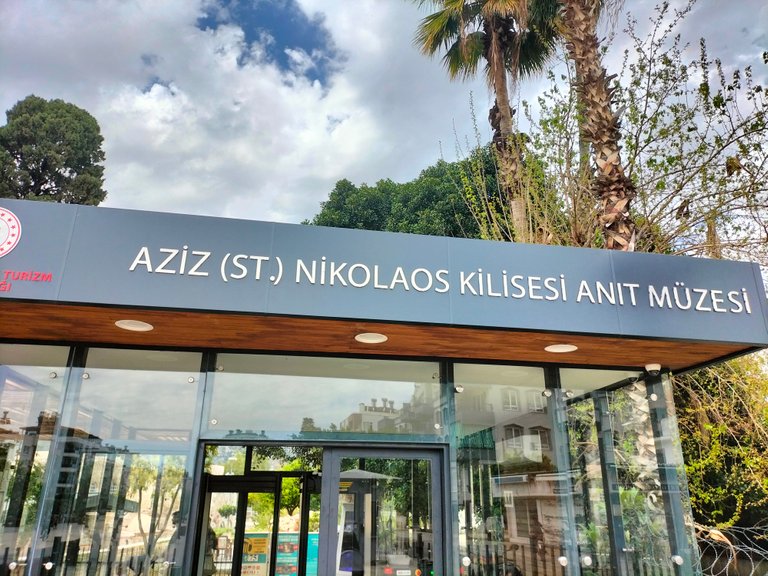


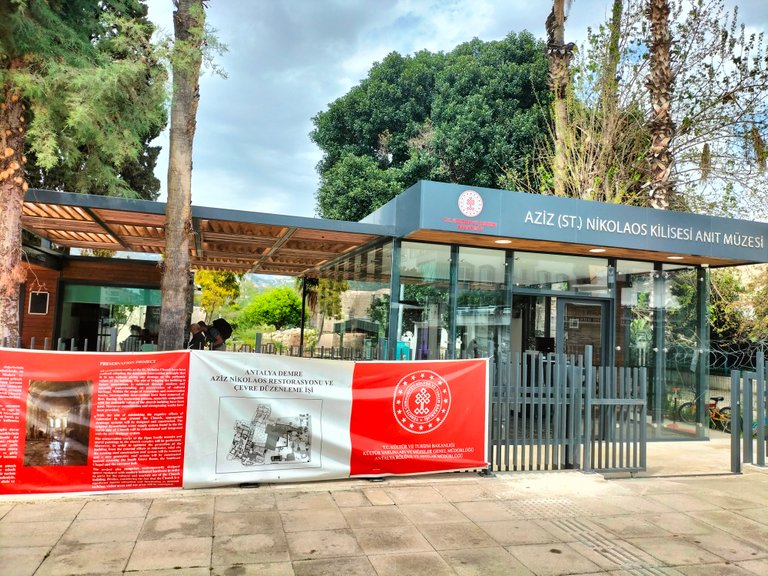
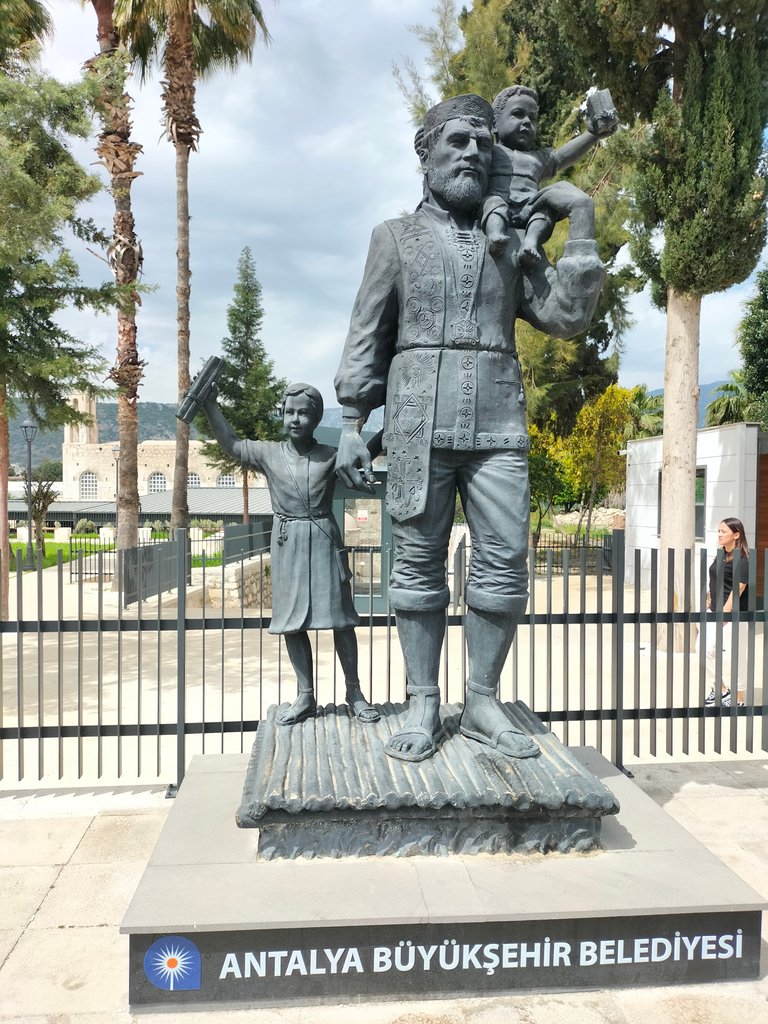
You enter the museum from a wide, gently sloping road consisting of a stone floor. At the entrance there is a small booth of the museum shop. Inside, paintings, magnets and mugs promoting the museum are sold. Right on the left side, there are plates written in four different languages, containing information about the museum and St. Nicholas. Here, it was written that St. Nicholas was the bishop in the ancient city of Myra during the 1st Constantion period (306-337). They also stated that Myra was accepted as the metropolis of the Lycian region. Pilgrims who wanted to find healing by visiting the holy relics of the saint in the Middle Ages shared the knowledge that they had reached Myra by using the land and sea routes. Right next to the information boards, they tried to exhibit the remains of those periods in front of the museum.
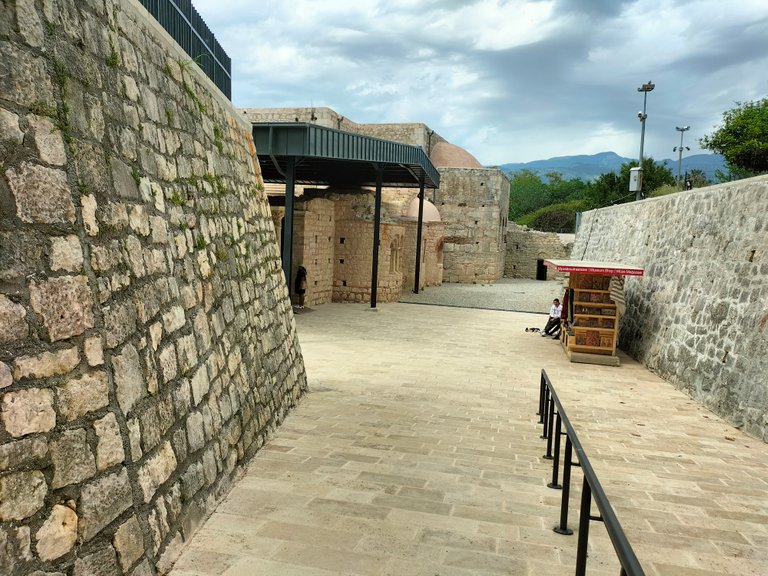
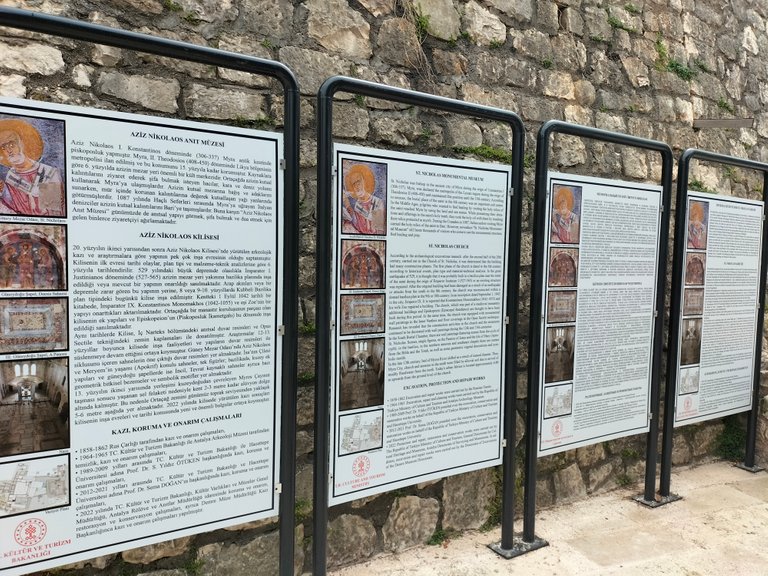
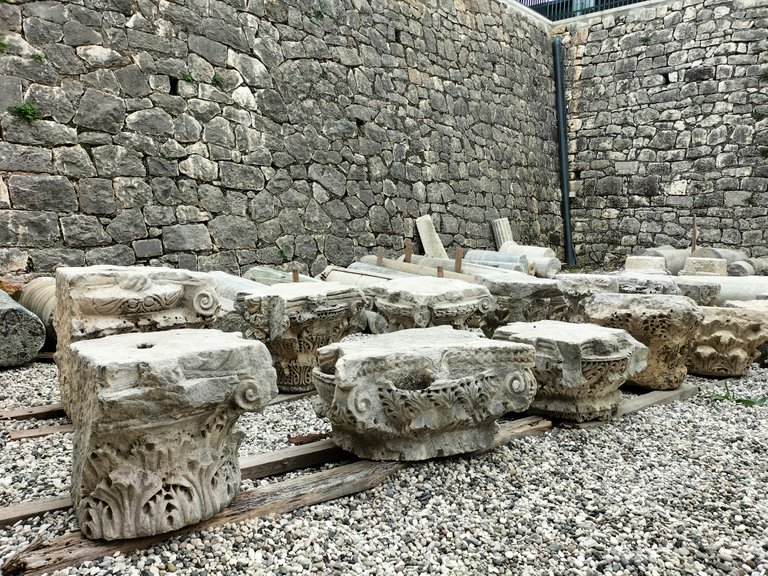
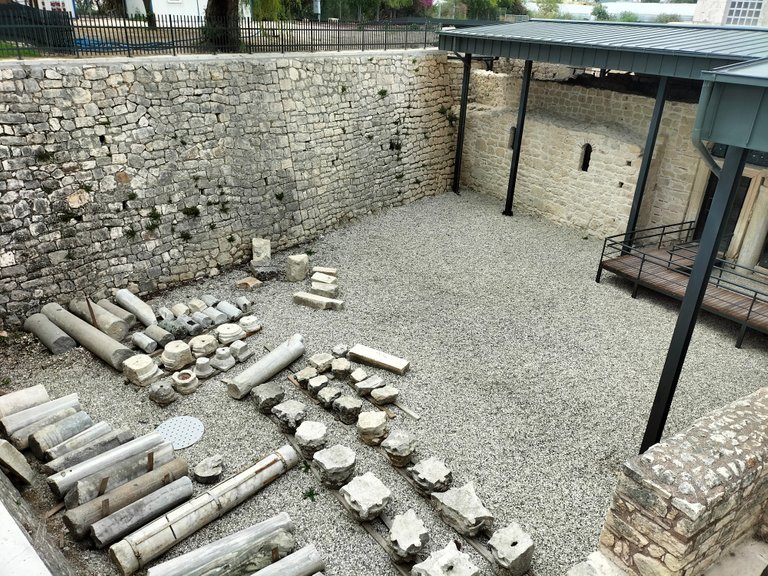
When you enter the museum, you can see that there are different sections. We can also understand that each of these sections has a separate room and a separate function. Especially the pictures, symbols and writings on the walls were very striking. A tourist guided tour team came with me to visit the museum. I especially liked the area where religious decisions were taken, which I likened to the courtyard, which has a large area in the middle of the museum. The symbols on the wall, the arch stones on the side, and the image of the long thick pillars impressed me a lot. Even in the passage to the rooms, secret ways were used. While passing through the arched stones, symbols and inscriptions telling the history were used even on the stony roads we walked on. Below you can see the sections and transition points of the rooms more clearly. In addition, the use of different symbols and wall paintings shows that this place is a religious and sacred place.
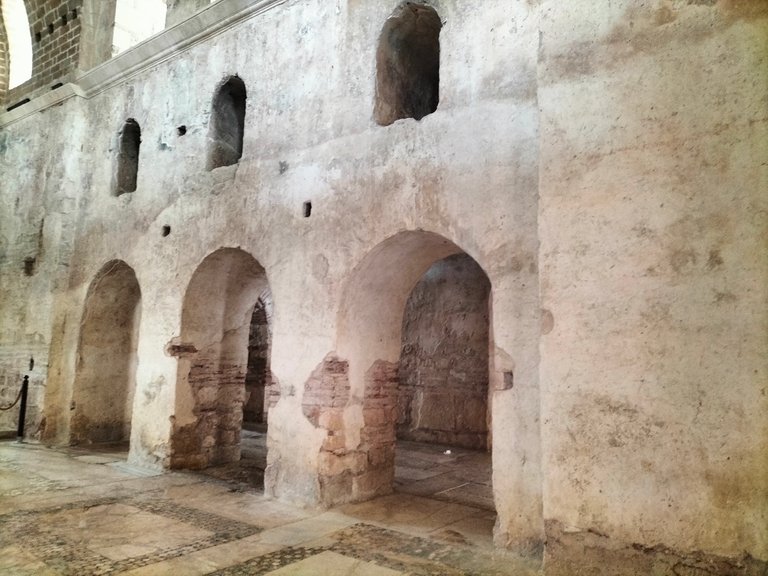
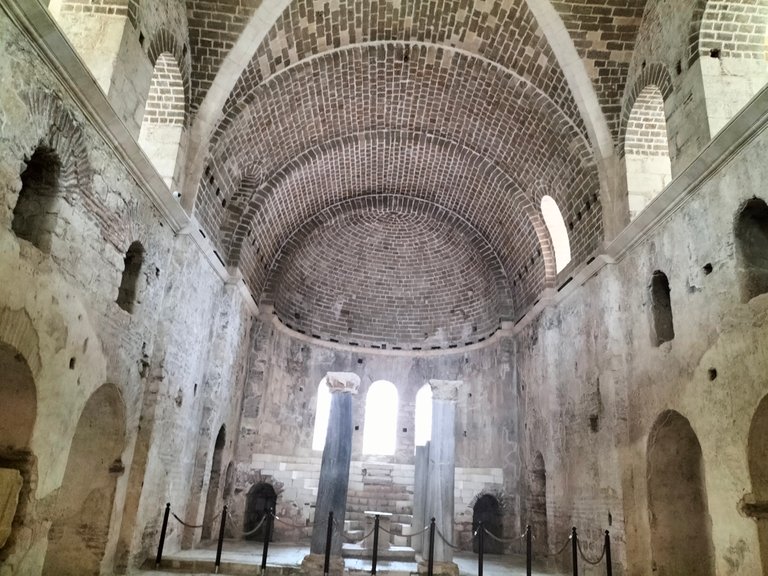
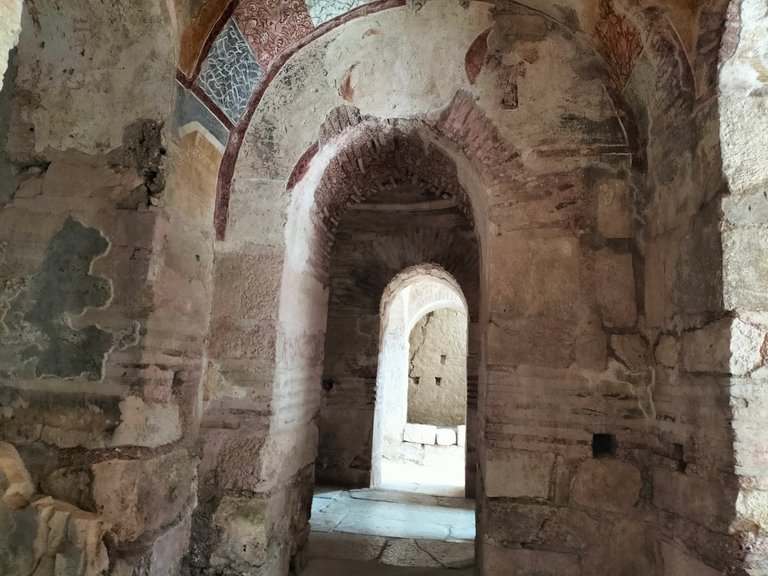

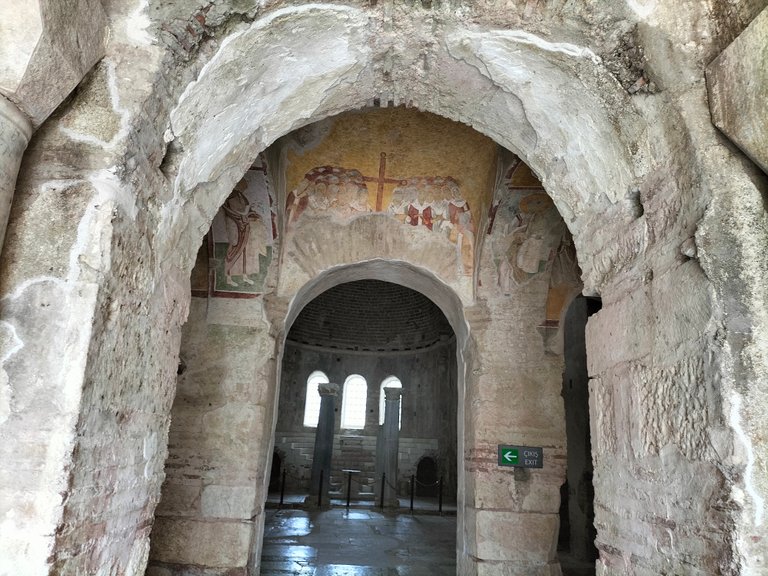
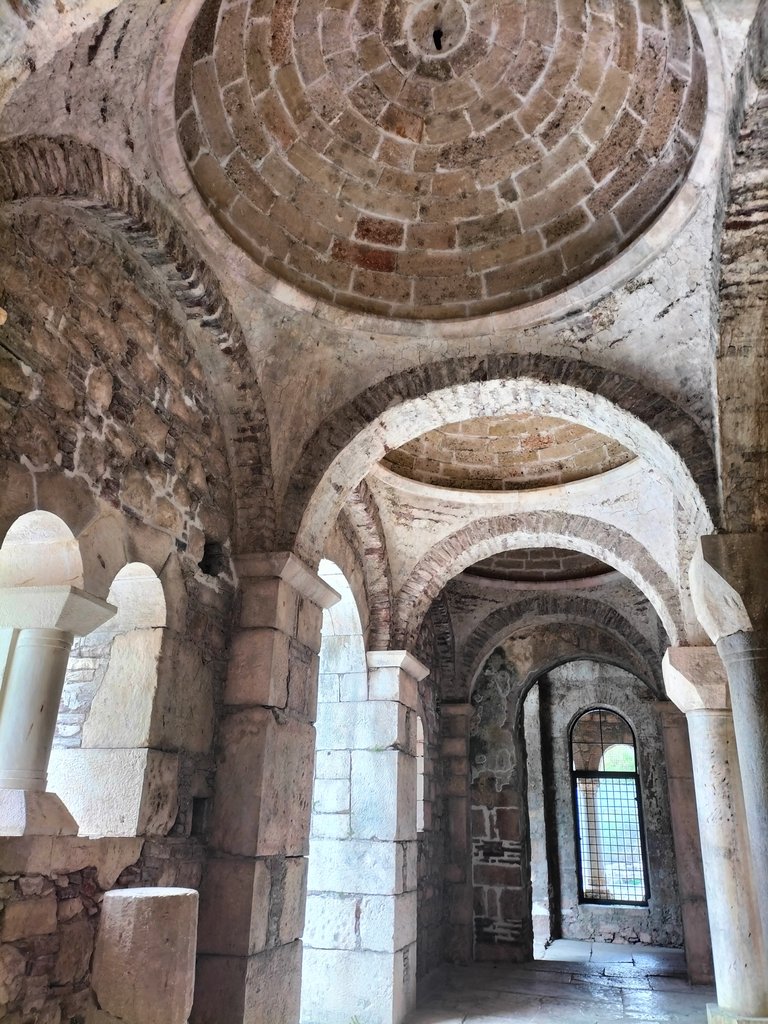
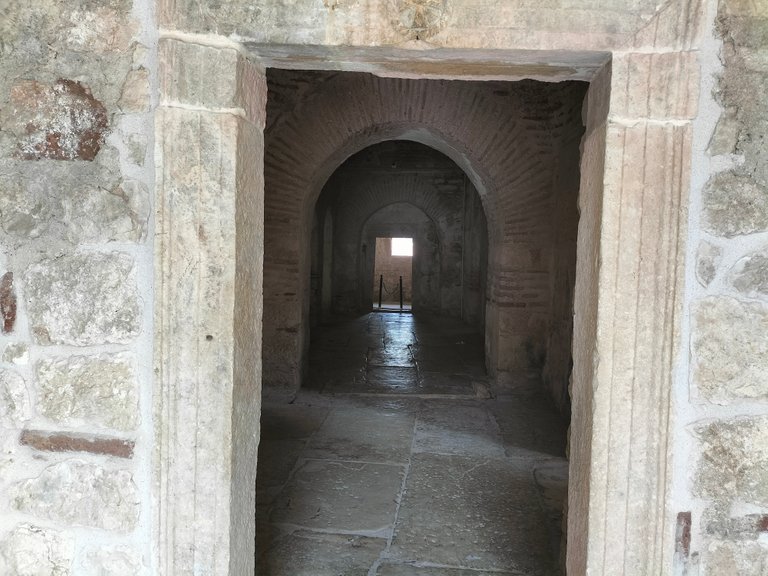


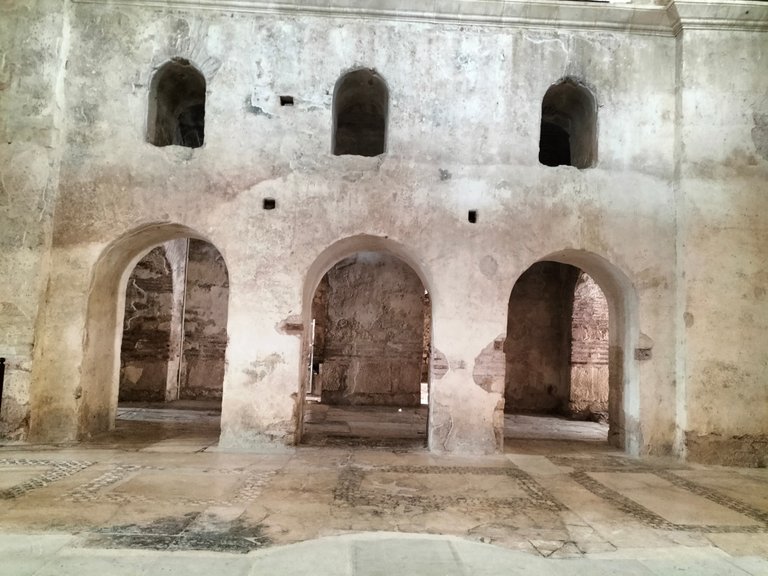
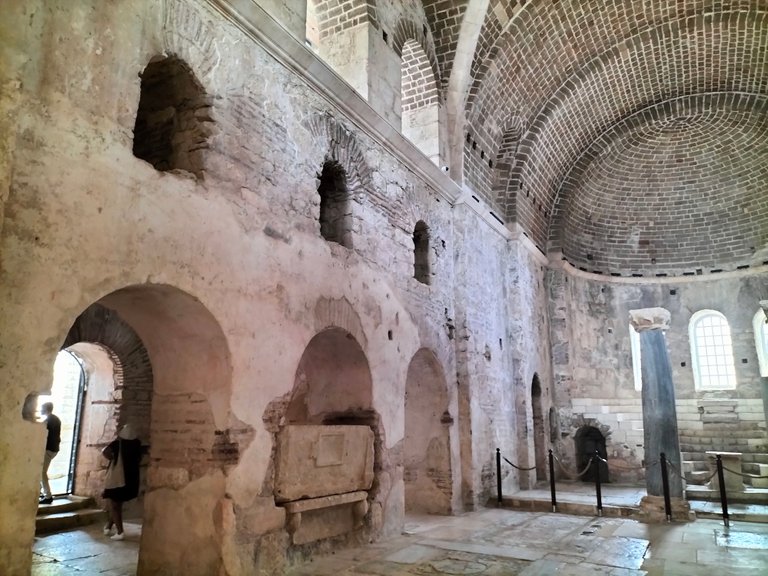
There are areas with pictures of some clergy and St. Nicholas on the wall paintings. In these pictures, the clergy tried to explain something by making some signs with their hands. As you leave here, walk on the stones of other rooms through the secret passageways and examine the pictures on the wall, one feels blessed.

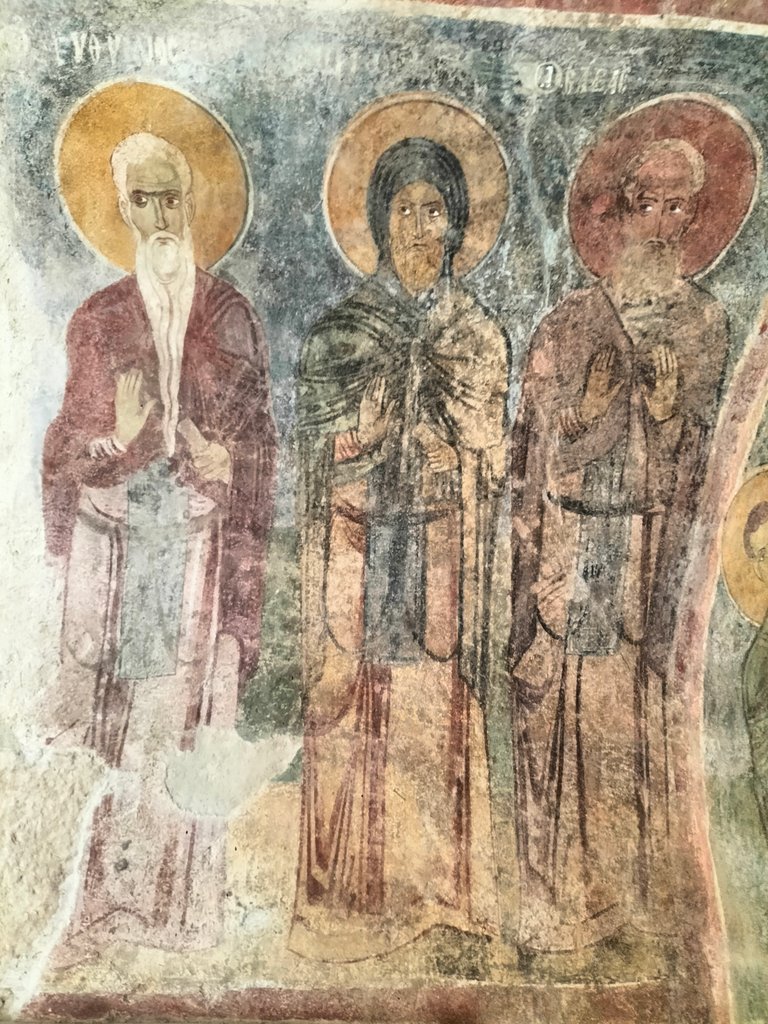

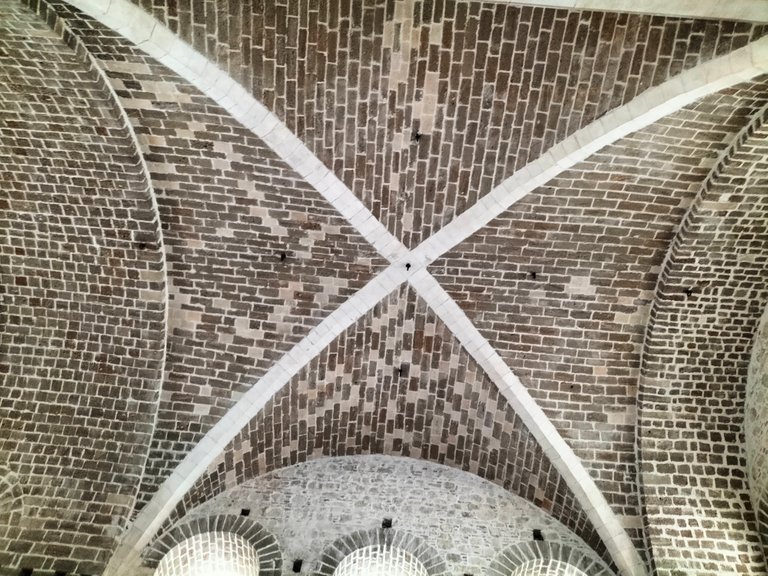
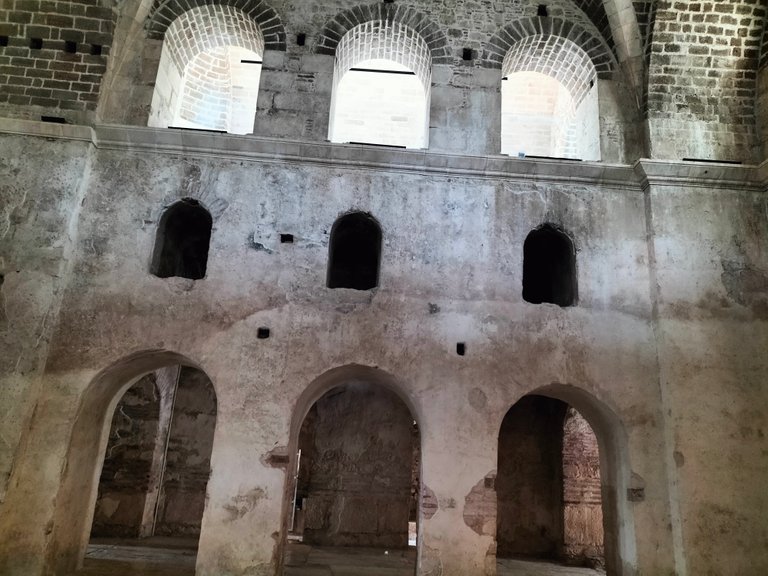

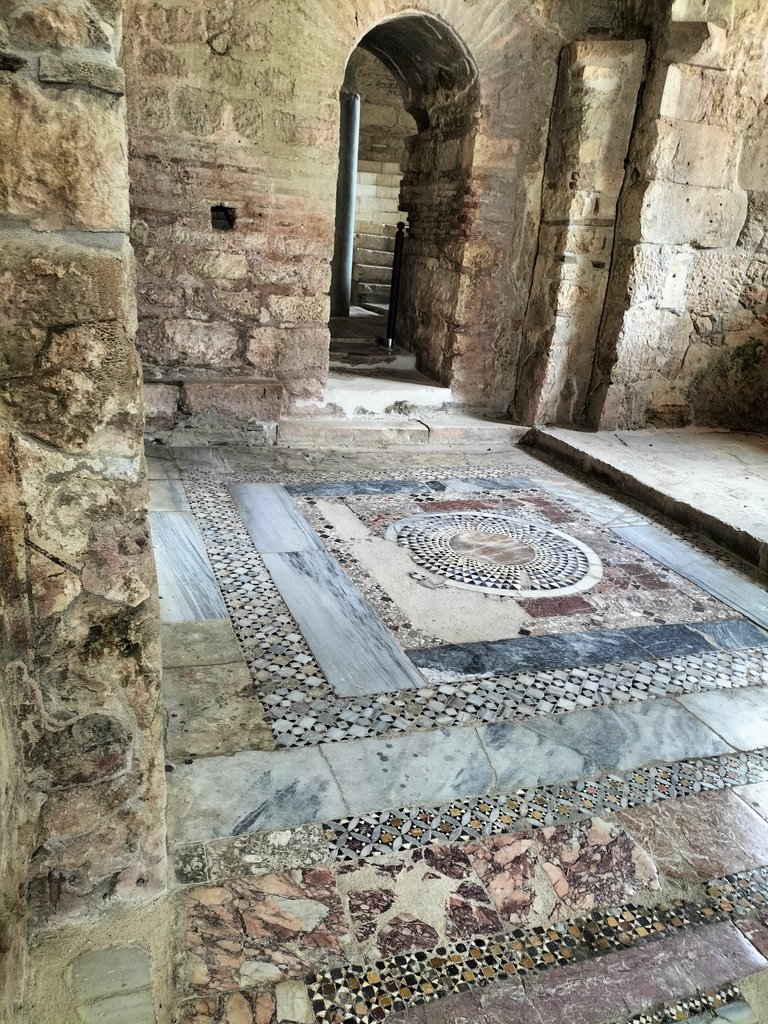
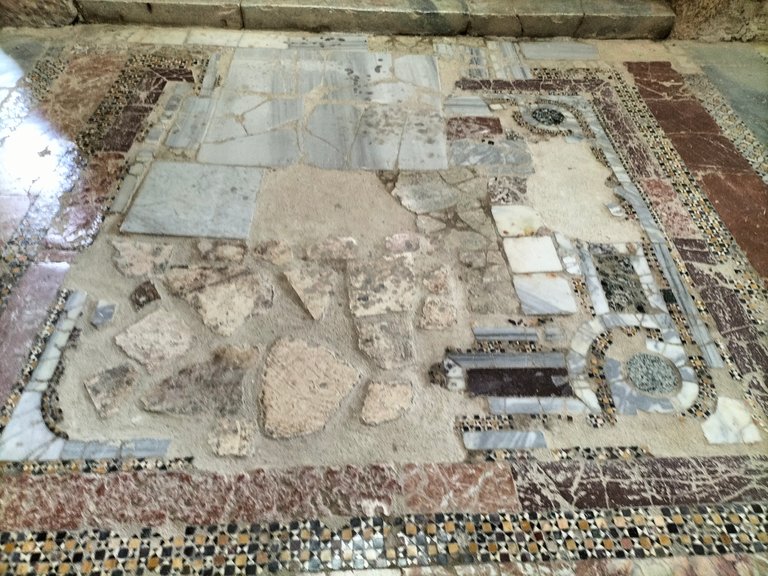
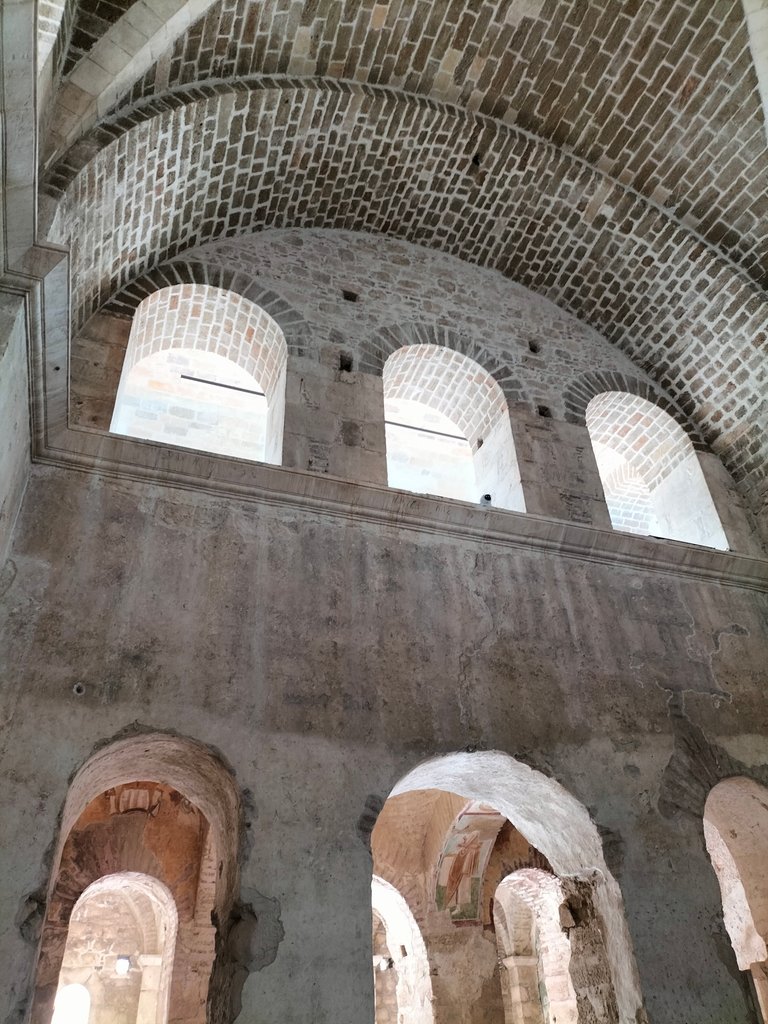
The museum actually looks like a church. Some miracles thought to have been performed by St. Nicholas on the walls of this church were also tried to be exhibited here. You can see the mausoleum of St. Nicholas, known as Santa Claus, below. I can say that some symbols and building stones on the walls of the church reminded me of both Greek culture and Roman structures.
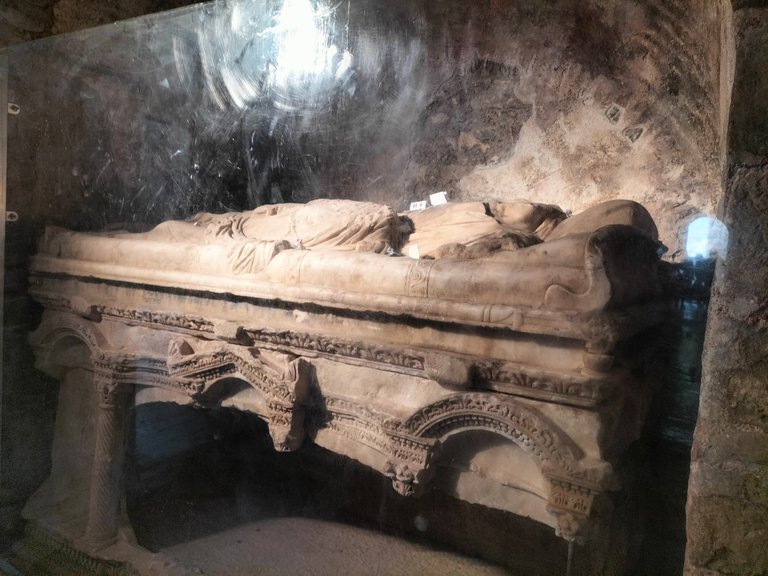


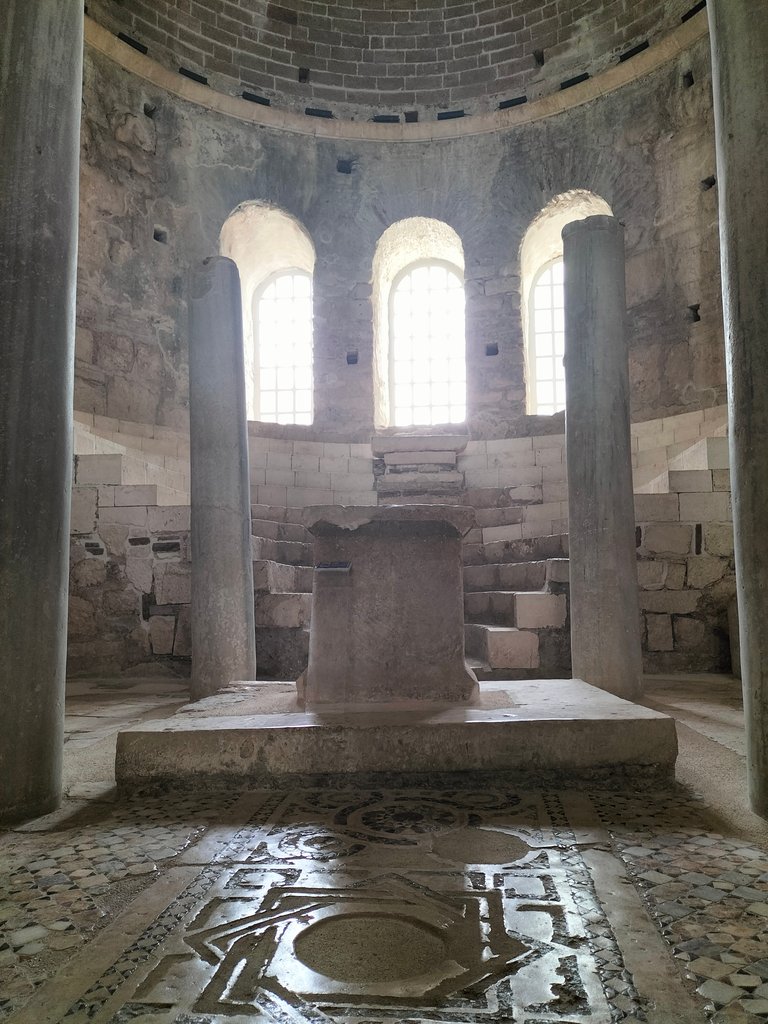


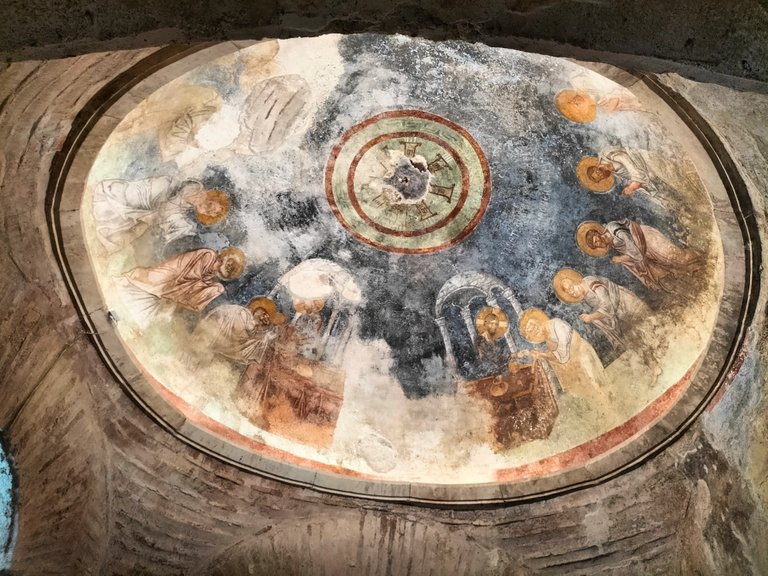
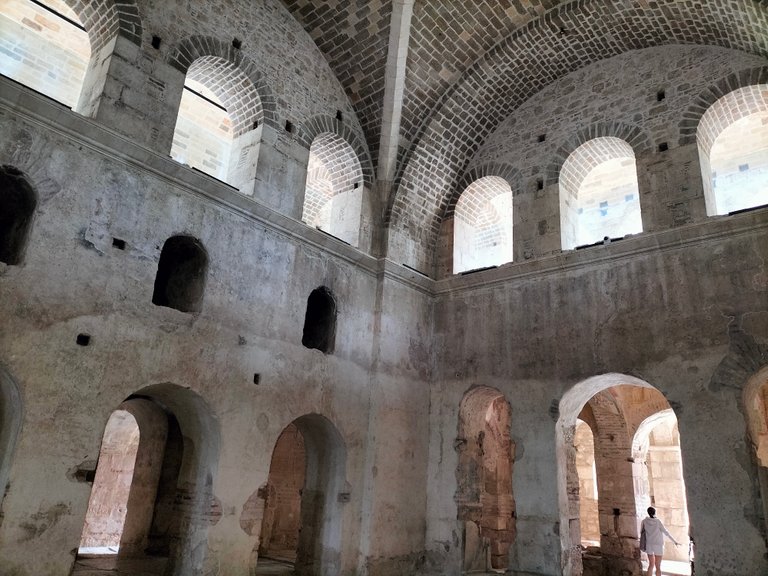
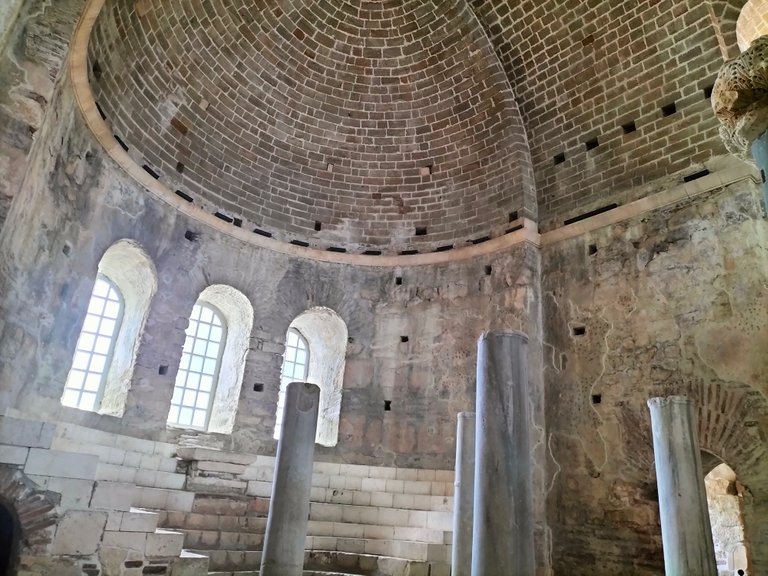

Let's take a look at the exterior of this beautiful museum. Its arched structures resembling small minaret stones lined up in rows show how different and special this church is. Especially the different color tones of the stones and the red tiles that were tried to be inserted between them made the works look beautiful.
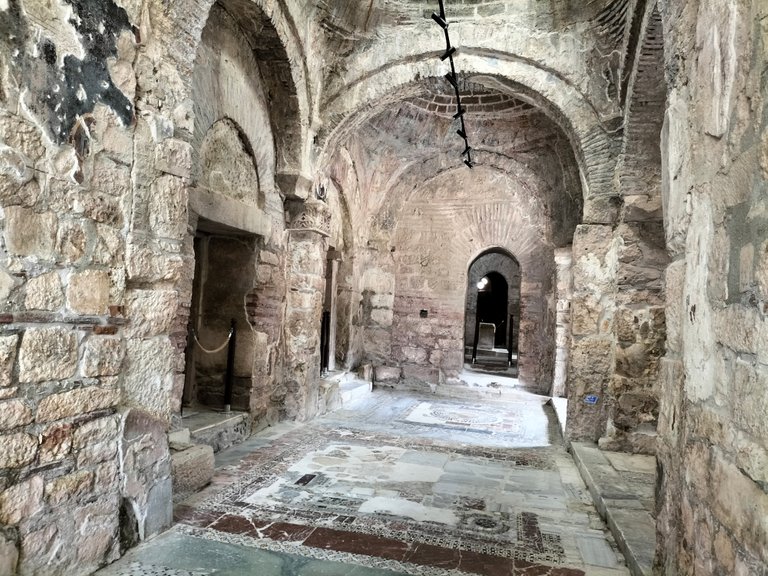
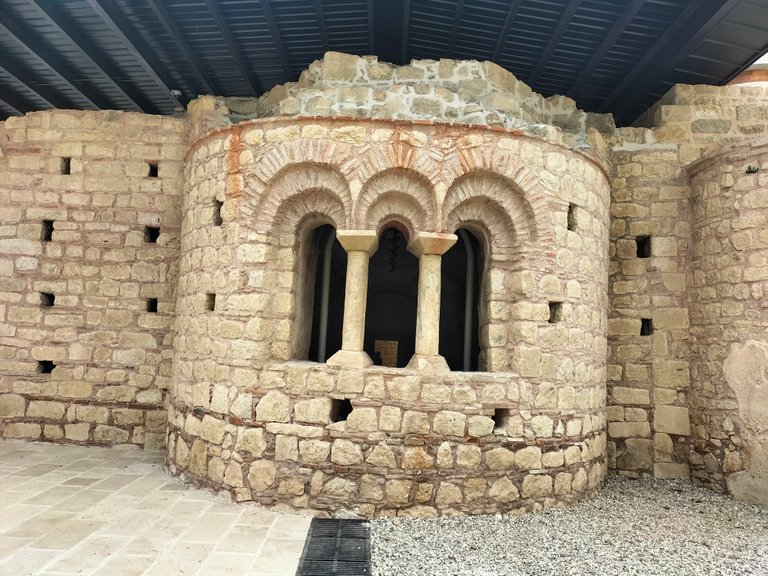
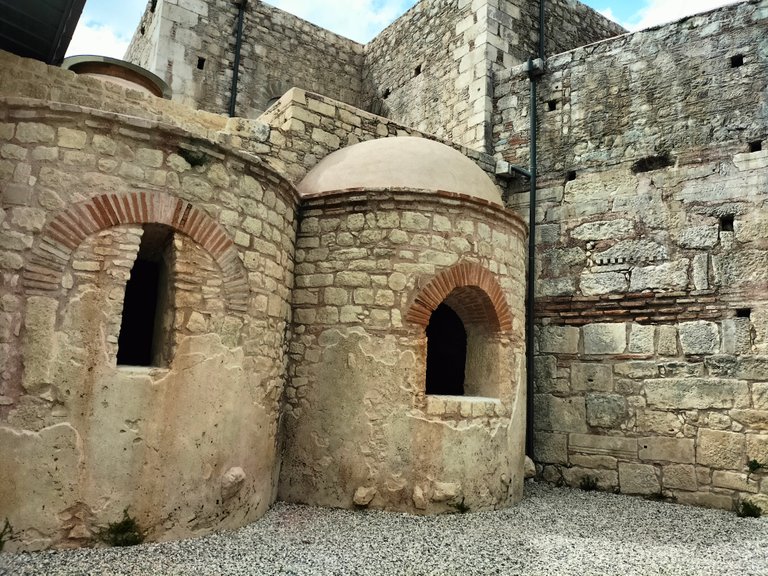
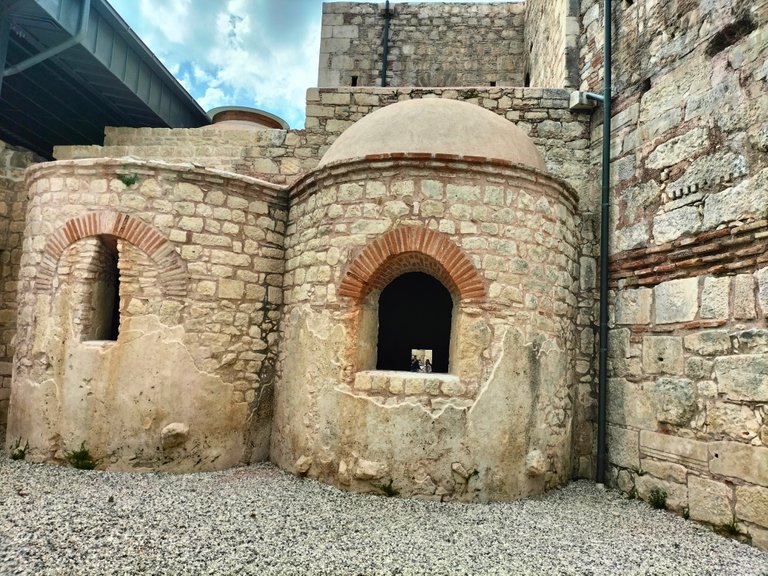


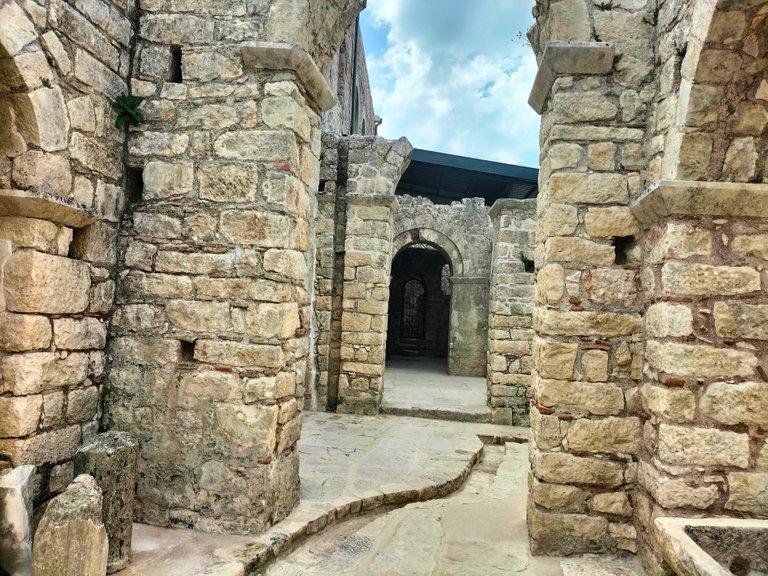

Finally, I would like to show you the most beautiful stones of the exterior and the miracles that the clergy tried to create, with pictures on the walls inside.
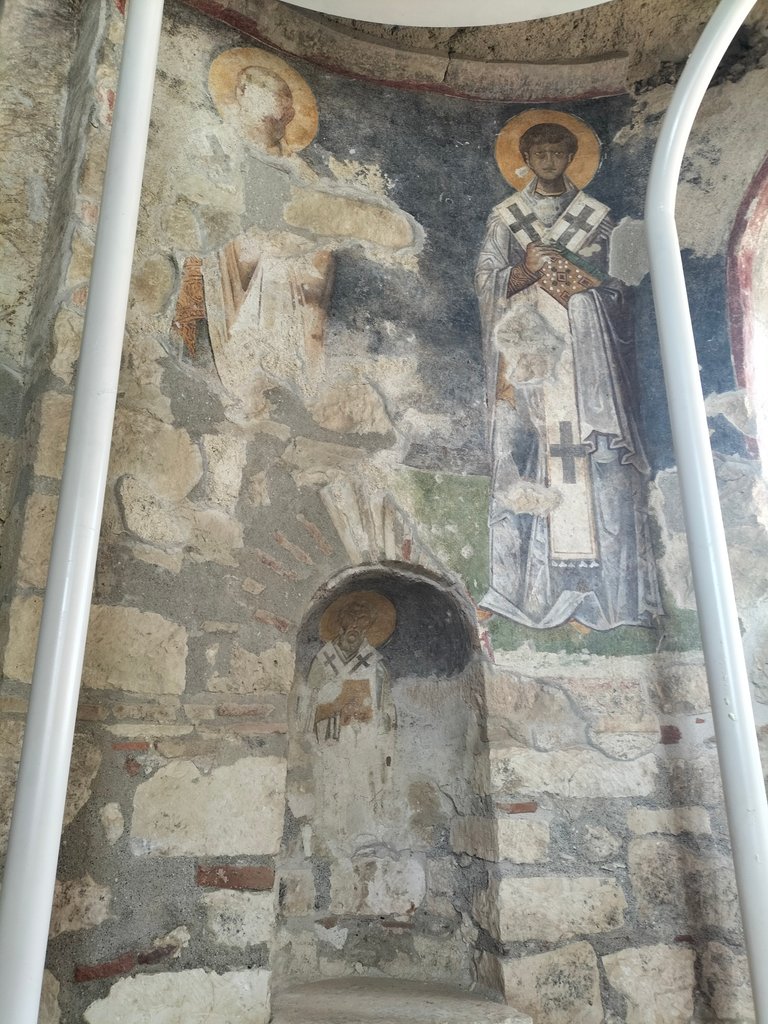

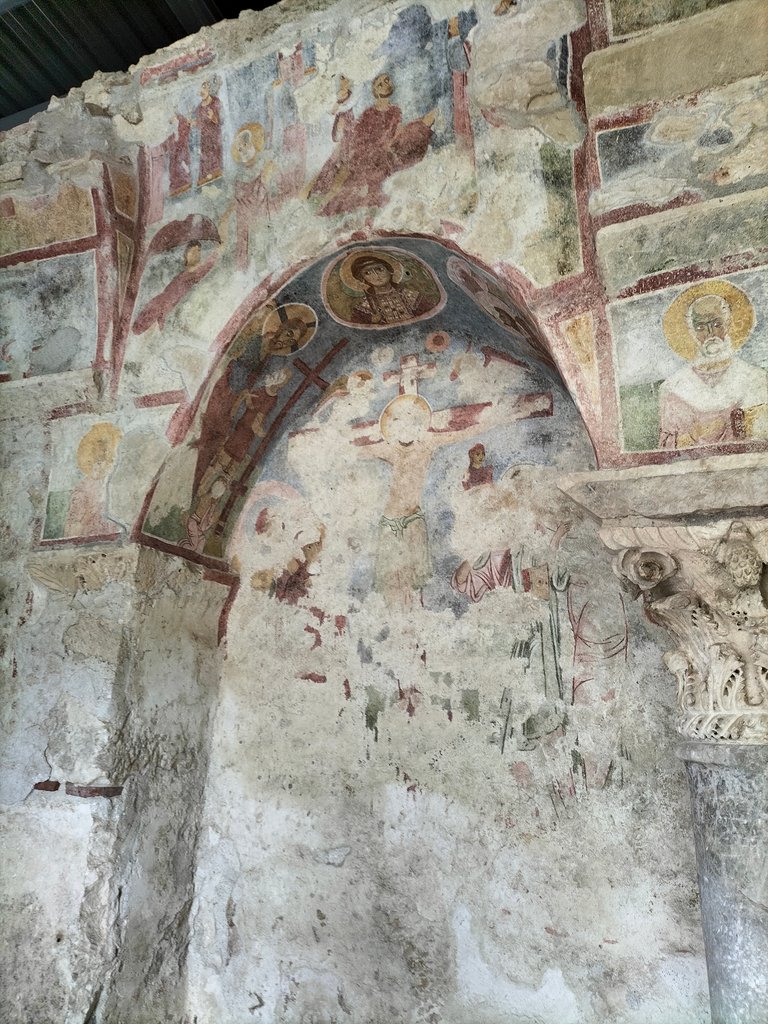
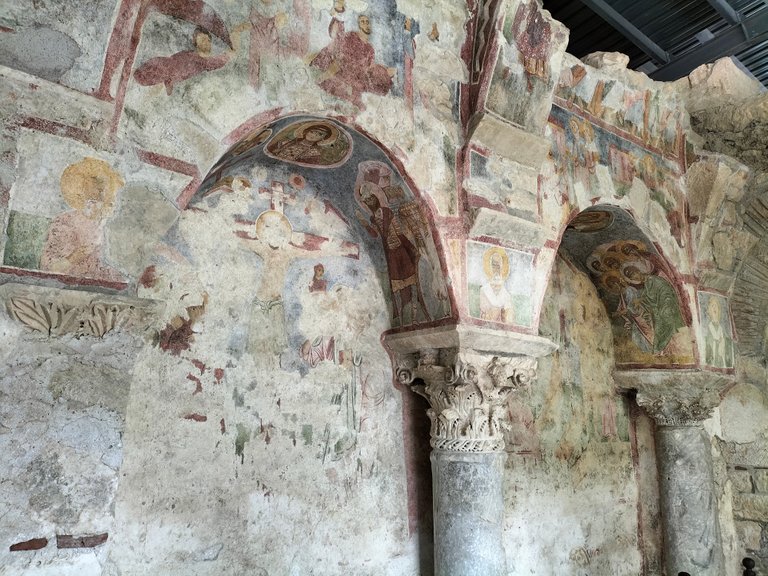
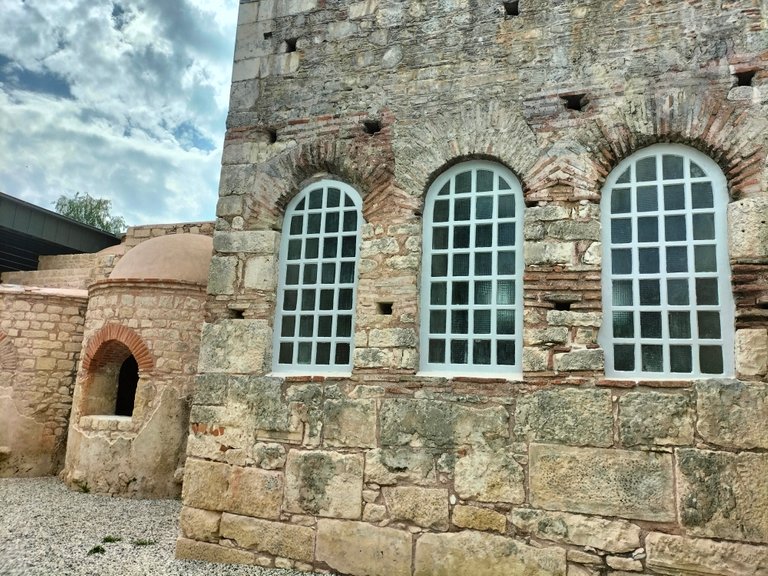
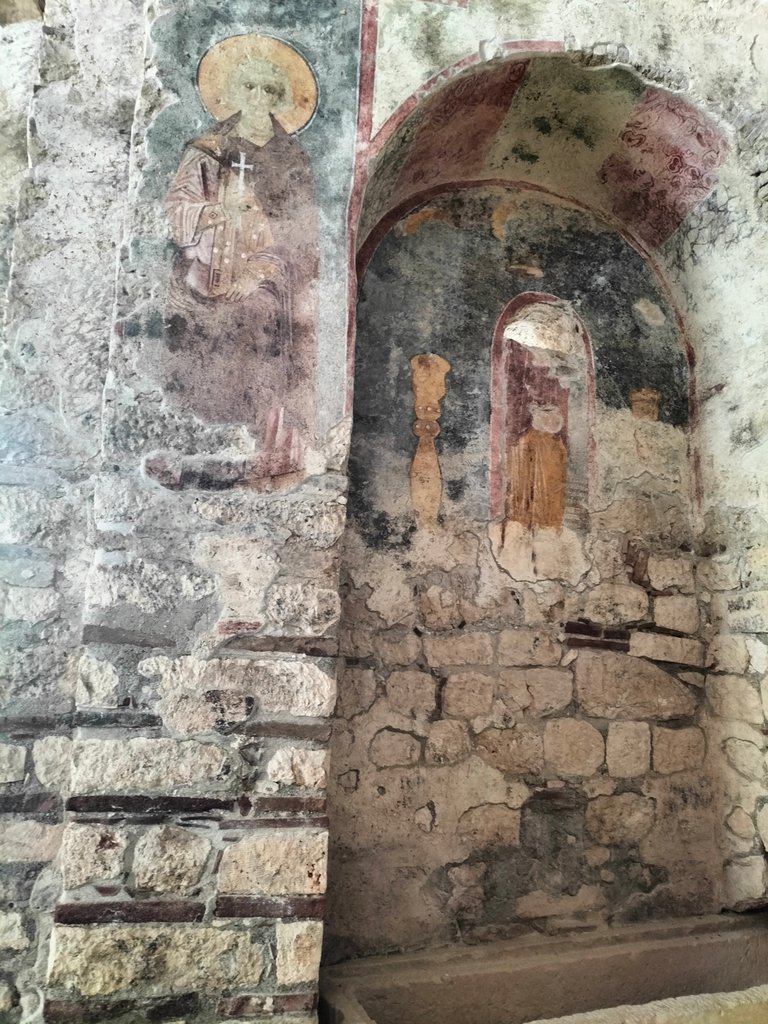
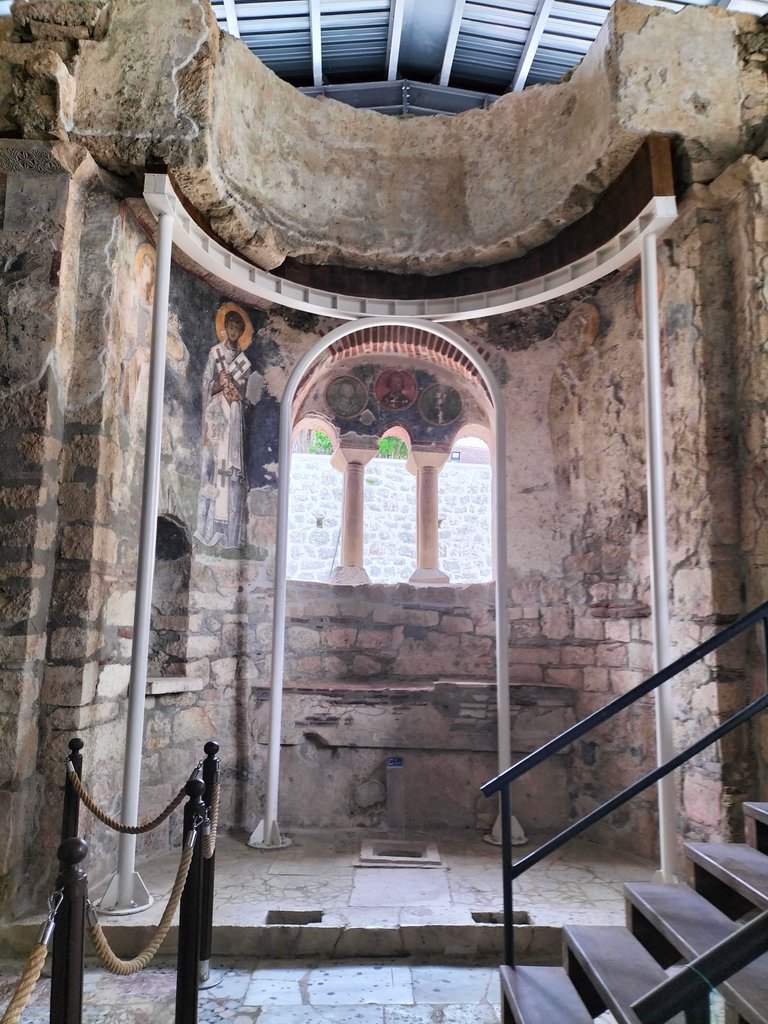

TR
Merhabalar,
Eski tarihlerimize baktığımızda bir çok devlet adamlarının ya da komutanların öldükten sonra ya heykelinin ya da anıt mezarlarının yapıldığını görüyoruz. Tarihimize yön veren bu kralların ve padişahların hayat hikayelerini de hep merak etmişimdir. İşte o merak ettiğim, Noel Baba olarak anılan ama gerçek ismi Aziz ( St.) Nikolaos olan, döneme damgasını vurmuş en saygın kutsal azizlerden birinin evini ziyaret edelim.




Aziz Nikolaos (St.) Anıt Müzesi, Antalya'nın önemli turistlik ilçelerinden olan Demre'de yer alıyor. Antalya merkezden yaklaşık üç buçuk saatlik yolculuk sonunda Demre'nin tam merkezinde bulunan bu müzeyi rahatlıkla ulaşabilirsiniz. Ahşap kahverengi tahtalardan yapılmış olan, ihtişamlı bir giriş kapısının olması, merakımı daha da arttırıyor. Bu anıtsal müze müşterilerine kapılarını saat 08.30'da açıp, akşam 20.00'de kapatıyor. Haftanın her günü açık olan müzeye girişlerde ücretlidir. Kişi başı 250 TL olarak belirledikleri giriş ücretinde, müze kartı olanlar 60TL ödüyorlar. Tabi her müze ve antik şehirlerde olduğu gibi engelli ve şehit yakını kardeşlerimizden ücret talep edilmiyor.





Müzeye, taş bir zeminden oluşan, hafif eğimli geniş bir yoldan giriş yapıyorsunuz. Girişte müze mağazasının küçük bir kulübesi var. İçeride müzeyi tanıtan resimler, mağnetler ve kupalar satılıyor. Hemen sol tarafında dört farklı dilde yazılmış, müze ve Aziz Nikolaos hakkında bilgiler içeren levhalar bulunuyor. Burada, Aziz Nikolaos 1. Konstantion döneminde (306-337 ) Myra antik kentinde piskoposluk yaptığı yazıyordu. Ayrıca Myra'nın Likya bölgesinin metropolisi olarak kabul olduğunu da belirtmişler. Ortaçağda azizin kutsal kalıntılarını ziyaret ederek şifa bulmak isteyen hacılar, kara ve deniz yolunu kullanarak Myra'ya ulaşmış olduğunu bilgisini de paylaşmışlar. Bilgilendirme panoların hemen yanında o dönemlere ait kalıntıları da müzenin önünde sergilemeye çalışmışlar.




Müzenin içine girdiğinizde farklı farklı bölümler olduğunu görebilirsiniz. Bu bölümlerin her birinin ayrı bir oda ve ayrı bir işlevi olduğunu da anlayabiliyoruz. Özellikle duvarlardaki resimler, semboller ve yazıların çok dikkat çekiciydi. Benimle birlikte turist rehberliğinde bir tur ekibi müzeyi gezmeye gelmiş. Özellikle dini kararların alındığı, müzenin tam ortasında geniş bir alana sahip olan avluya benzettiğim alanı çok sevdim. Duvardaki semboller, kenarda bulunan kemer taşları, ve uzun kalın direklerin görüntüsü beni oldukça etkilemiştir. Odalara geçişte bile gizli yollar kullanılmış. Kemerli taşların arasından geçerken, yürüdüğümüz taşlı yolların üzerlerinde bile tarihi anlatan semboller ve yazılar kullanılmış. Aşağıda odaların bölümlerini ve geçiş noktalarını daha net görebilirsiniz. Ayrıca farklı sembollerin ve duvar resimlerinin kullanılmış olması da buranın dini ve kutsal bir mekan olduğunu da gösteriyor.











Duvar resimlerinde bazı din adamlarının ve Aziz Nikolas'un da resimlerinin olduğu alanlar var. Bu resimlerde din adamları elleriyle bir takım işaretler yaparak bir şeyler anlatmaya çalışmışlar. Buradan çıkıp gizli geçişleri olan yollardan diğer odaların taşlarının üzerinde yürümek ve duvardaki resimleri inceledikçe insan kendini kutsanmış hissediyor.









Müze, aslında bir kilise görünümdedir. Bu kilisenin duvarlarına Aziz Nikolaos tarafından gerçekleştirildiği düşünülen bazı mucizeler de burada sergilenmeye çalışılmış. Noel Baba olarak anılan Aziz Nikolaos'ın aşağıda anıt mezarını görüyorsunuz. Kilisenin duvarlarındaki bazı sembolleri ve yapı taşları bana hem Rum kültürünü hem de Roma yapılarını hatırlattı diyebilirim.










Bu güzel müzenin bir de dış mekanlarına bakalım. Sıra sıra dizilmiş küçük minare taşlarını andıran kemerli yapıları buranın ne kadar farklı ve özel bir kilise olduğunu da gösteriyor. Özellikle taşların farklı renk tonları ve aralara geçirilmeye çalışılmış kırmızı kiremitlerde eserlerin güzel görünmesine olanak sağlamış.








Son olarak, dış mekanın en güzel taşlarını ve içeride duvarlarda resimleri bulunan din adamlarının yaratmaya çalıştıkları mucizeleri sizlere göstermek istiyorum.








Congratulations, your post has been added to Pinmapple! 🎉🥳🍍
Did you know you have your own profile map?
And every post has their own map too!
Want to have your post on the map too?
Hiya, @LivingUKTaiwan here, just swinging by to let you know that this post made it into our Honorable Mentions in Daily Travel Digest #1902.
Your post has been manually curated by the @pinmapple team. If you like what we're doing, please drop by to check out all the rest of today's great posts and consider supporting other authors like yourself and us so we can keep the project going!
Become part of our travel community:
Congratulations, your post has been upvoted by @dsc-r2cornell, which is the curating account for @R2cornell's Discord Community.
Enhorabuena, su "post" ha sido "up-voted" por @dsc-r2cornell, que es la "cuenta curating" de la Comunidad de la Discordia de @R2cornell.
Yine bizi harika bir yere götürdünüz. Çok teşekkürler. Harika fotoğraflar ve fotoğrafların çerçevelediği detaylar. Umarım ki ilerleyen zamanlarda restorasyon ihtiyacı duyulduğunda bir sorun çıkmaz ve bu güzellikler yok olup gitmez.
Emeğiniz için teşekkürler.
!LUV
@passenger777, @bemier(1/1) sent you LUV. | tools | discord | community | HiveWiki |
HiveWiki |  NFT | <>< daily
NFT | <>< daily
Çok Teşekkür ederim. Burayı gerçekten çok sevdim. Diğer müzelerden çok farklı bir havası var. O dönemlerden bizlere mucizelerini duvarlara çizdikleri resimlerle anlatmaya çalışmışlar.